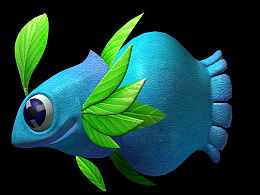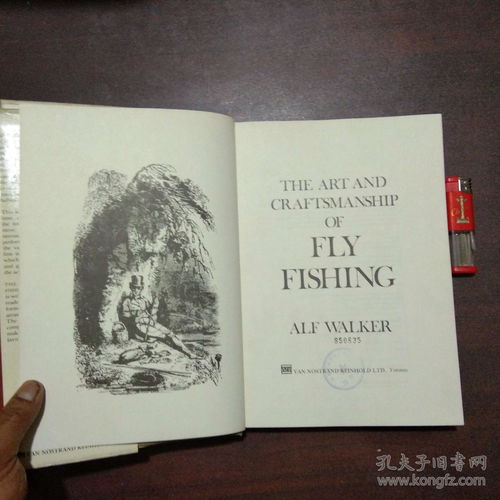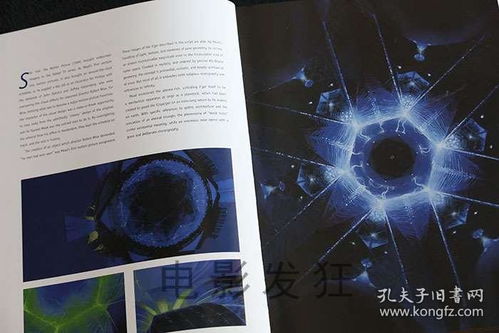
Introduction:
Fishing in a tranquil fish pond can be a serene and rewarding experience. However, to maximize your chances of catching fish, it's essential to have the right gear and techniques. One of the fundamental aspects of fishing is understanding how to tie the perfect fishing line and leader. This article will delve into the intricacies of fishing line selection, leader preparation, and the step-by-step process of tying them together effectively.
Understanding Your Fishing Line:
Before we dive into the art of tying, it's crucial to understand the different types of fishing lines available. The most common types are monofilament, fluorocarbon, and braided lines. Each has its unique characteristics and is best suited for different fishing scenarios.
Monofilament: This is the most popular type of fishing line due to its flexibility and ease of use. It's ideal for casting and works well in both fresh and saltwater environments. Monofilament is also less visible in the water, making it a great choice for stealthy presentations.
Fluorocarbon: Known for its transparency and low stretch, fluorocarbon line is perfect for situations where visibility is a concern. It's less visible to fish, making it an excellent choice for clear water fishing or when targeting particularly wary species.
Braided Line: Braided lines are made from synthetic fibers and are known for their high strength and lack of stretch. They are great for long casts and can handle heavy lures and baits. However, they can be abrasive to fish and may require additional leaders.
Choosing the Right Line and Leader:
Once you've decided on the type of line, the next step is to choose the appropriate line and leader combination. Here's a guide to help you make the right choice:
Line Strength: The line strength should match the size of the fish you're targeting. For smaller fish, a lighter line is sufficient, while larger fish require stronger lines.
Leader Length: The length of your leader should be based on the fishing environment and the species you're targeting. For example, a 6- to 12-inch leader is often sufficient for panfish, while longer leaders (up to 3 feet) may be needed for larger species.
Leader Material: Similar to the main line, the leader material should be chosen based on the fishing environment and the species. Fluorocarbon leaders are often preferred for their stealth and strength.
Tying the Perfect Line and Leader:
Now that you've chosen the right gear, it's time to learn how to tie them together effectively. Here's a step-by-step guide to tying a basic improved clinch knot:
Prepare the Line: Start by cutting a piece of your chosen line that is long enough to tie the knot and still leave a sufficient length for your leader.
Make a Loop: Hold the end of the line with one hand and the tag end with the other. Make a loop by passing the tag end through the loop.
Pass the Tag End: Take the tag end and pass it through the loop, then back through the main line.
Secure the Knot: Tighten the knot by pulling both the main line and the tag end away from each other. Ensure the knot is snug but not too tight, as this can damage the line.
Finish the Knot: To finish the knot, pass the tag end through the small loop that forms at the end of the knot. Pull the tag end tight to secure the knot.
Trim the Excess: Once the knot is secure, trim the excess tag end close to the knot, leaving a small tag end for attaching your leader.
Conclusion:
Mastering the art of tying the perfect fishing line and leader is a fundamental skill that can significantly enhance your fishing experience. By understanding the different types of lines, choosing the right combination, and following a simple step-by-step process, you'll be well on your way to becoming a more successful fisherman. Whether you're targeting panfish in a local pond or big game fish in a remote lake, the right line and leader setup can make all the difference. Happy fishing!












